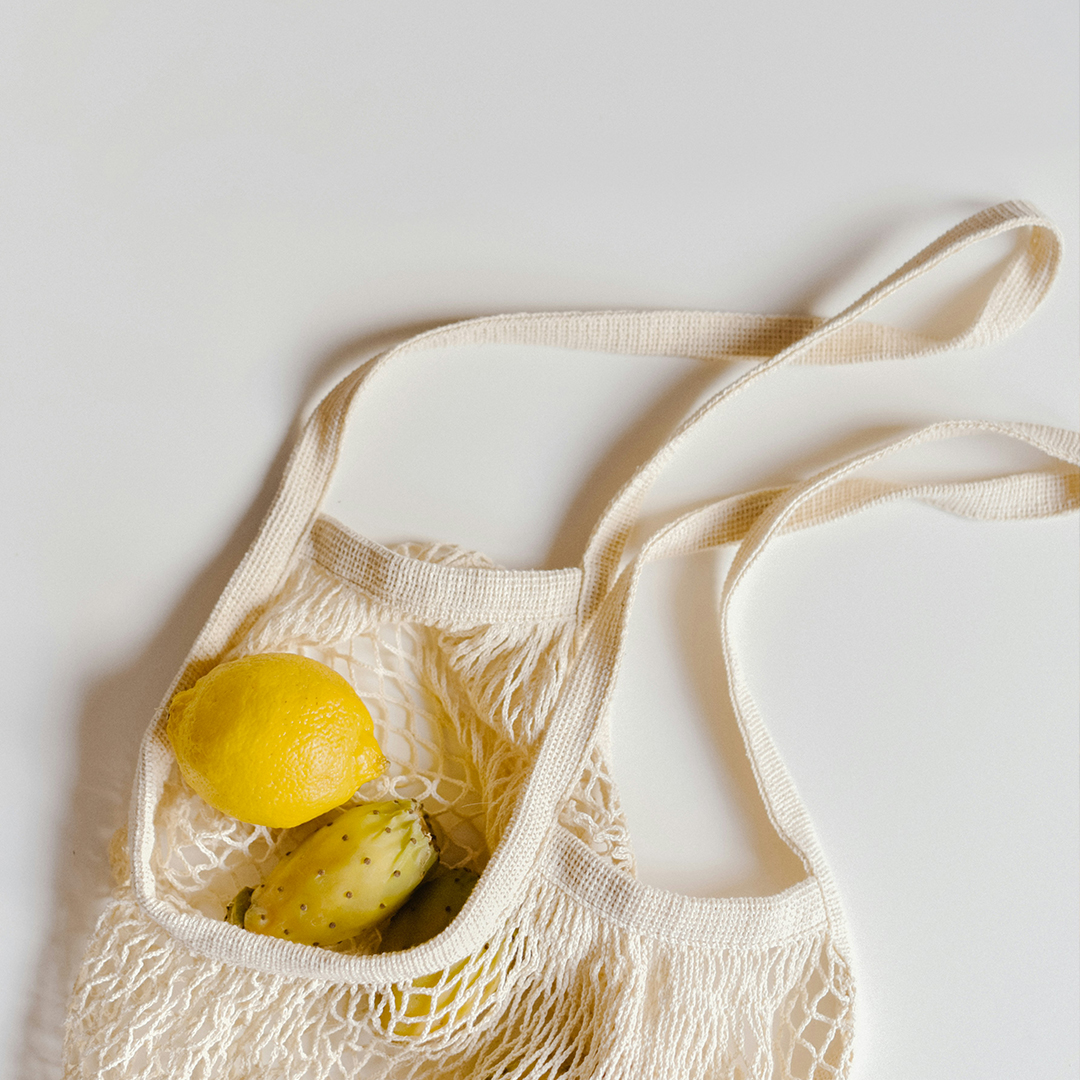📅 August 28, 2024
Zero Waste in the kitchen is an approach that allows you to make the most of every food ingredient while reducing waste. By adopting simple habits such as meal planning and creatively using leftovers, we can care for the planet while saving money.
As environmental awareness grows, more people are looking for ways to minimize food waste. Zero Waste cooking is not just a trend—it’s a lifestyle that ensures every ingredient is fully utilized, reducing waste and cutting down on unnecessary expenses. Here are some practical tips to help you incorporate Zero Waste principles into your kitchen and create delicious meals using leftovers while planning meals in a sustainable way.
1. Meal Planning & Shopping Lists
Reducing food waste starts with thoughtful meal planning. By creating a weekly meal plan, you can determine exactly what ingredients you’ll need, helping you avoid unnecessary purchases. Making a shopping list based on this plan is a simple yet effective way to reduce impulse buys and limit food waste.
2. Get Creative with Leftovers
Instead of throwing food away, turn it into new, tasty meals. Here are some ideas:
🍲 Soups & Broths – Vegetable peels, carrot tops, celery ends, and parsley stems make a great base for homemade broth. Just add spices and simmer for a rich, flavorful stock.
🍳 Frittata – Eggs are the perfect way to repurpose leftover vegetables, meat, or cheese. Simply sauté your leftovers, add beaten eggs, and bake – a quick and filling meal!
🍞 Bread Pudding – Stale bread doesn’t have to go to waste! Use it for sweet or savory bread pudding, croutons, or homemade breadcrumbs.
3. Freezing & Preserving Food
If you can’t use all your ingredients at once, freeze them! Vegetables, fruits, herbs, and even cooked meals can be frozen to extend their shelf life. Pickling, fermenting, and drying are also great ways to preserve food and prevent waste.
4. Composting Food Scraps
Not all leftovers can be used in cooking, but that doesn’t mean they should go in the trash. Composting is an eco-friendly way to dispose of vegetable peels, eggshells, and coffee grounds, enriching the soil with valuable nutrients.
5. Creative “Leftover” Recipes
Meals made from leftovers can be just as delicious and nutritious as freshly planned dishes. Here are some inspiring ideas:
🥘 Leftover Risotto – Use previously cooked vegetables, roasted meat, or mushrooms as a base for a flavorful risotto. Just add rice, broth, a splash of white wine, and butter for a restaurant-worthy dish.
🥔 “Clean Out the Fridge” Casserole – Casseroles are a fantastic way to use up leftovers. Mix pasta, potatoes, meat, or vegetables, cover with a béchamel or tomato sauce, top with cheese, and bake for a delicious meal.
6. Educating & Changing Habits
The final and most important step in Zero Waste cooking is awareness and habit change. Understanding how much food we waste daily can be an eye-opener and a motivation to adopt better practices. When we recognize the value of every ingredient, we approach cooking and eating with greater respect.
Conclusion
Zero Waste in the kitchen is not just a trend—it’s a sustainable lifestyle that benefits both the planet and your budget. By following these tips, you can easily reduce food waste while enjoying the process of cooking and experimenting with new dishes.
Every step toward Zero Waste is a step toward a more sustainable and mindful way of living. 🌱♻️
✨ Start today and make a difference! ✨
